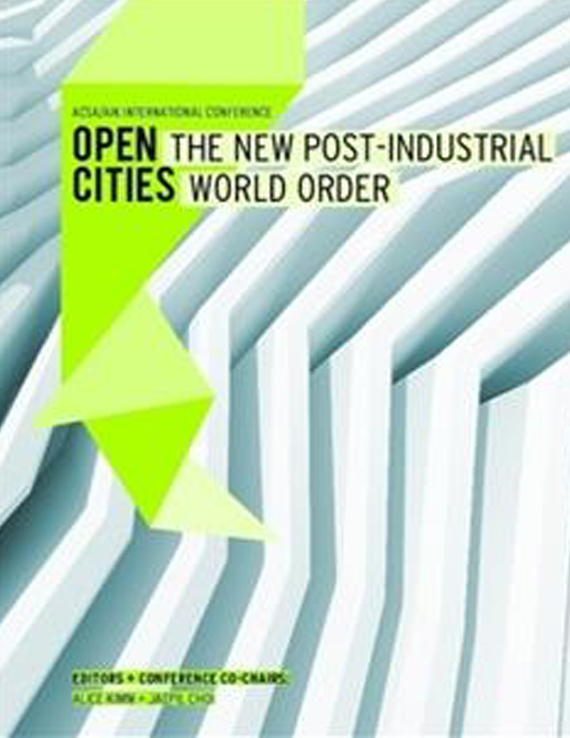Author(s): Elizabeth Martin-Malikian
Sprawled on the hills that roll down towards the Mediterranean, Beirut was onceknown as the “Paris of the Middle East.” The urban fabric and culture of Beirutevolved under the influence of many different civilizations, such as the Greeks,Romans, Arabs, Ottoman Turks and French. The war, however, has changed thedemographics of the city, Beirut’s once mixed religious and ethnic neighborhoodshave became increasingly divided and hundreds of thousands of people left thecountry. Today, the legacy of the civil war still mars Lebanon’s divisive and turbulentpolitics, but the city itself, it seems, has moved on.Beirut’s endless capacity for reinvention and transformation is best observed in itscity center. This pivotal district has known as many public spaces and urban formsas it has historic lives. The medieval bourj for one, the Ottoman provincial portanother, then the French colonial ‘Places des Canons’, and lastly the independent‘Martyrs’ Square’ (Sahat al-Shuhada), which today has been succeeded by an ultra-modern global cityscape. The most recent re-imagining, a consequence of fifteenyears of devastating civil violence and self-destruction (1975-1990), precededby twenty years of futuristic urban landscaping,(1) has become both a symbol ofLebanon’s national recovery and a source of its post-war critique.The work of Lebanese artist Nada Sehnaoui tackles the contested issue of publicspace in post-conflict urban environments with a meditative aesthetic that engagesforms of repetition. The artist work communicates directly to the audienceby essentially turning public spaces in cities, into free meeting spots for people.Sehnaoui often fills vacant lots in the downtown area of Beirut with hundredsof repeated items, be they toilets or stacks of paper, and encourages viewers toreflect on how the space is being, and has been, used through their engagementwith these often idiosyncratic objects.Although it is a contested city, Beirut encapsulates many places, which are filled withmemories and nostalgia. Studio Beirut’s, ‘The Lost Room Project acts as a multi-mediamemory blog, highlighting city specific incites and personal narratives of randomBeirut citizens.(2) Divided into the categories ‘romance’, ‘heroism’, ‘childhood’, ‘encounters’and ‘escape,’ these public places were recorded, tagged in the city and puton display. One example entitled ‘under the bridge downtown’ is the site for politicalsit-ins and public discourse.(3)The research moves beyond conventional urban studies that present the physicalfabric as an objective fact: equally and identically accessible to everyone. Rather, Iplan to consider the jurisdictions that govern these spaces, the social conventionsthat animate them, and the different ways people interpret and attach themselvesto public space. Further, by playing these sources off textual documents that disclosethe perceived priorities of the city’s diverse social actors, I hope to exposeand thus illustrate an understanding of the complex meanings, interests, and powerrelations, now embedded in the urban public and private spaces of post-war Beirut.
Volume Editors
Alice Kimm & Jaepil Choi
ISBN
978-0-935502-91-6

 Study Architecture
Study Architecture  ProPEL
ProPEL 
